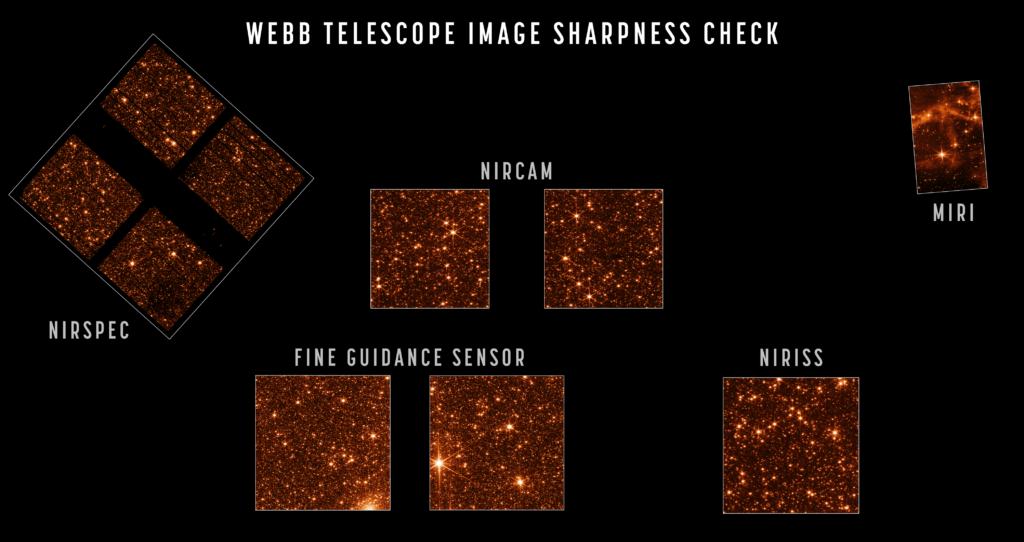The first full-fledged photos taken by the James Webb Space Telescope (JWST) will be published on July 12. This is stated in a message on the NASA website.
JWST was launched in December 2021. This was followed by a long and very complex process of preparing the telescope for observations. Initially, JWST deployed its heat shield and mirror. The engineers then proceeded to align the telescope’s mirror segments, calibrate and cool its scientific instruments. It took almost six months for this process. But, finally, the preparatory work is almost completed and JWST is ready to start its scientific program.
James Webb’s First Photos
What exactly will be depicted in the first photos of JWST? The project participants are keeping it a secret for now. It is known that the targets for the footage are part of the list of objects approved long before the launch of the telescope. According to the scientists, when choosing them, they tried to adhere to the principle that the first photos of JWST should demonstrate the full potential of the telescope’s instruments and its technical capabilities.

In addition, scientists cannot be completely sure how the first photos of the telescope will look. Of course, JWST has already made some test images. But now we are talking about “full-color” photographs covering the entire spectrum of JWST’s observational abilities (the telescope is capable of shooting in the visible and infrared ranges), as well as spectroscopic data. Only when the telescope transmits the collected information, astronomers will know exactly what details it can see.
After the publication of the first images, JWST will begin its scientific program. The first year of observation of the telescope is already fully scheduled between various scientific institutions. Recall that NASA recently named the first two exoplanets that JWST will study: the lava world 55 Cancri e and the super-earth LHS 3844 bc.
You can also read about four ground-based telescopes under construction that will be able to compete with JWST in their characteristics.
According to https://www.nasa.gov
Follow us on Twitter to get the most interesting space news in time
https://twitter.com/ust_magazine

